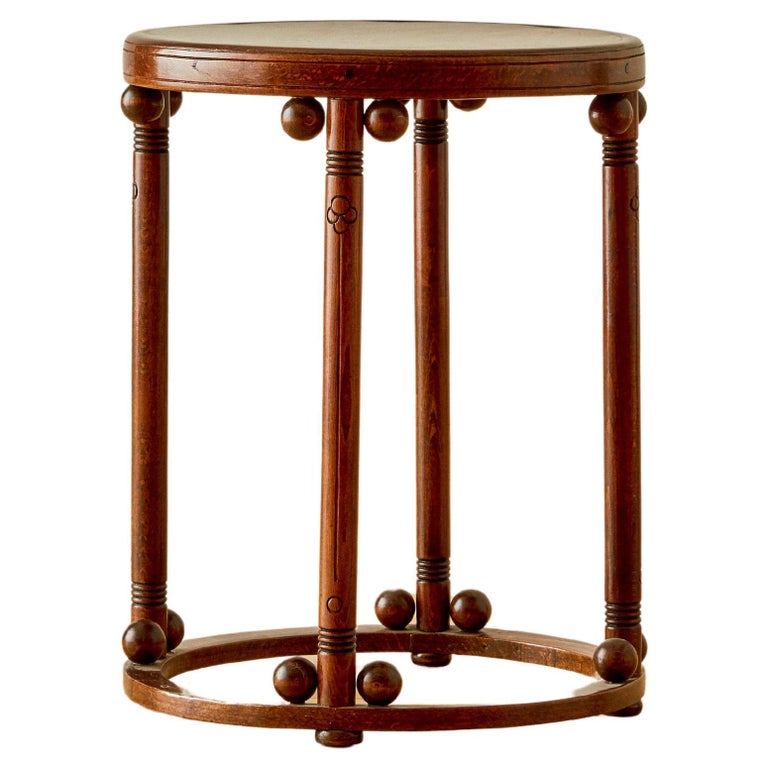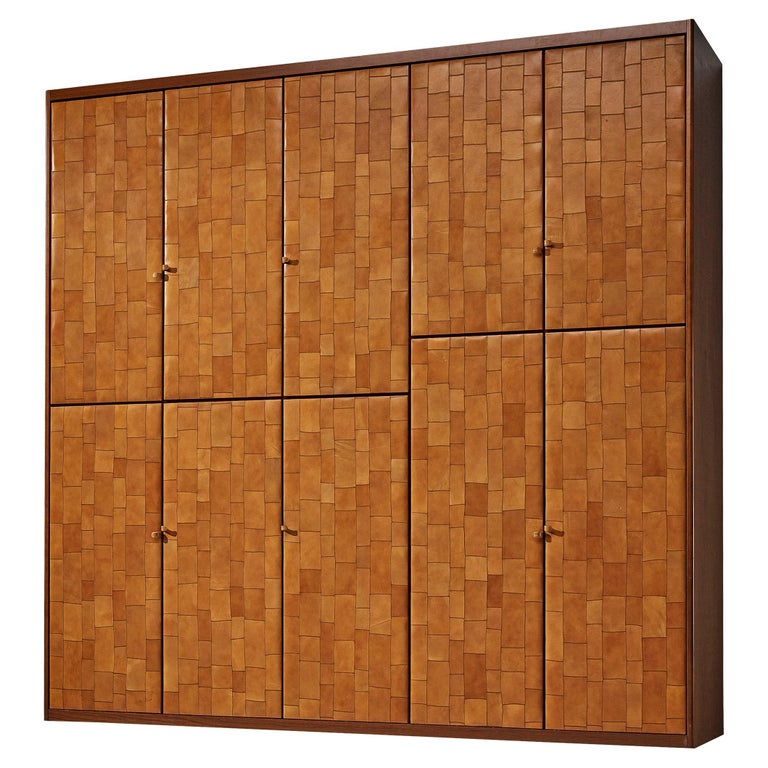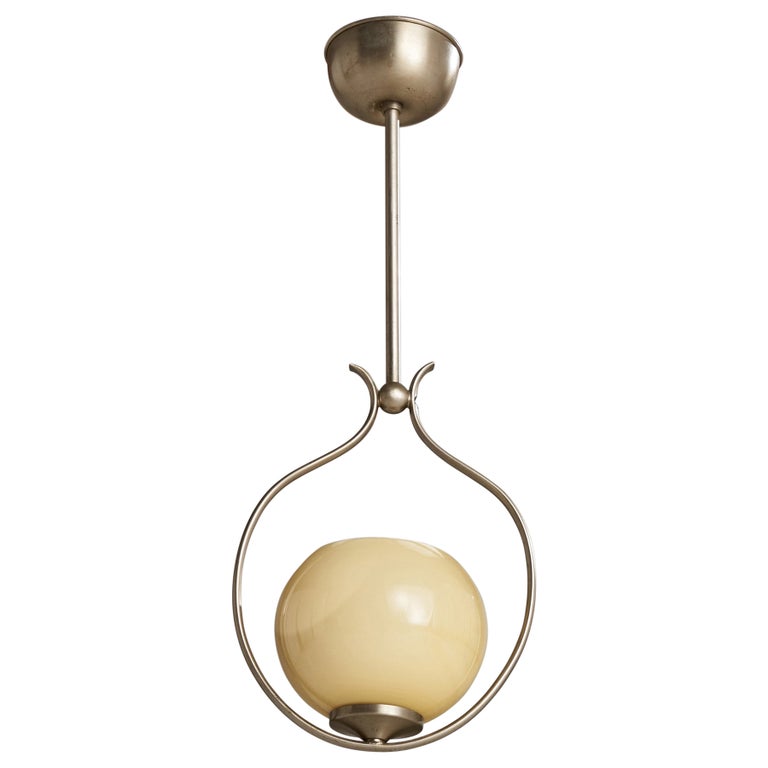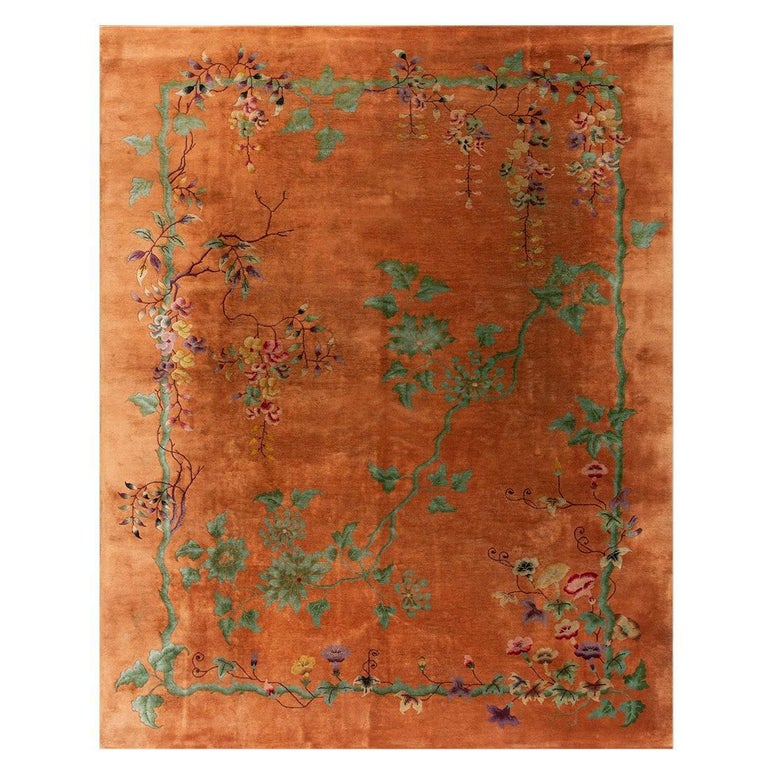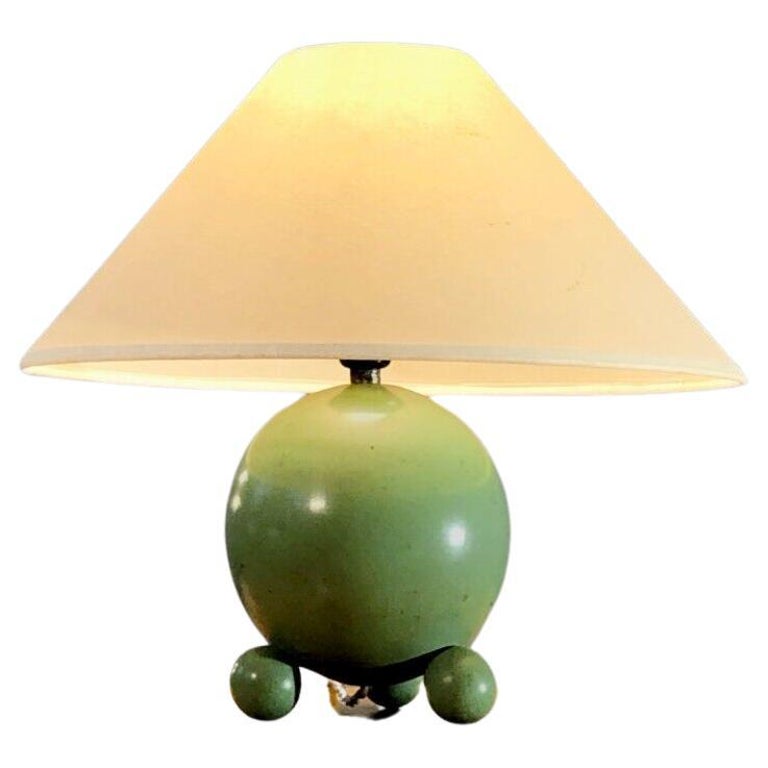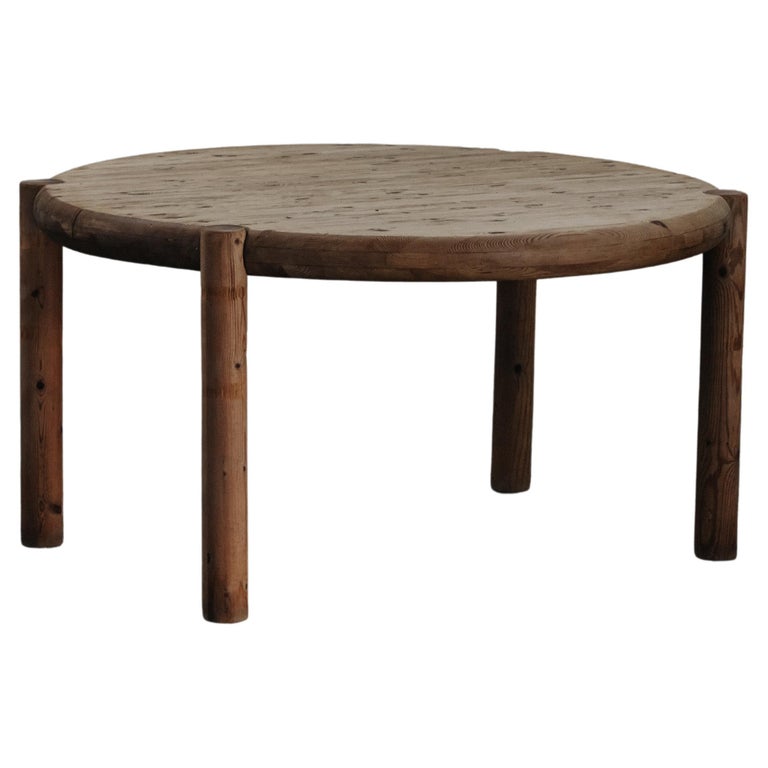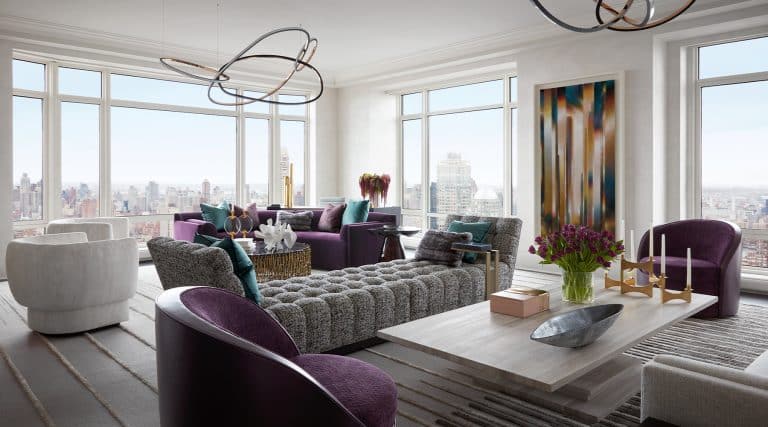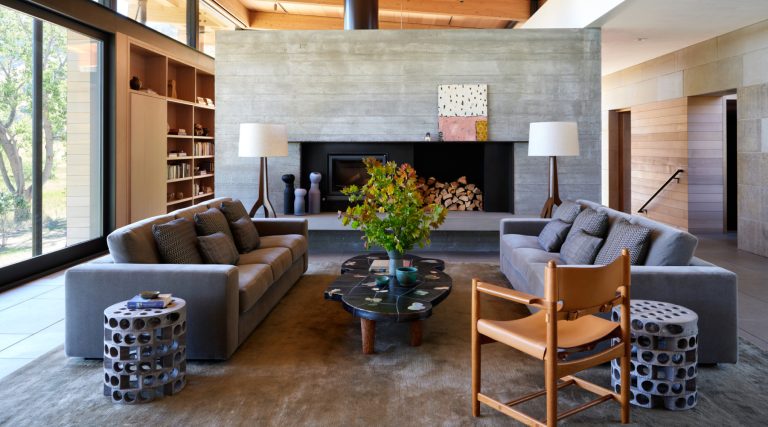August 11, 2024The legendary American decorator Billy Baldwin once wrote that “what we remember most about rooms we like is the ‘atmosphere’ or ‘mood’ of the room.” It’s a perspective shared, no doubt, by Melissa Lee, a Taiwan-born, Brooklyn-based designer who began her unconventional path to interiors studying psychology and fashion. Not that the self-taught Lee is one to name-check famous designers as influences.

Lee, it seems, has always relied on her aesthetic instincts and intuitive visual sense, which she honed during several years spent working for fashion designer Phillip Lim, mostly in marketing, before launching her own company, Bespoke Only, in 2012. Starting out designing events, Lee gradually shifted her focus to residential interiors and hospitality projects, including the Manhattan restaurants Wayla and Kimika. Throughout, she says, her firm’s ethos has remained the same.
“When we design a space, it’s really not just about how it appears, how it looks on the surface — it’s design as a way of feeling and engaging all the senses,” explains Lee. Echoing another Baldwin dictum — “decorators should not be dictators” — she adds that her aesthetic is always grounded in a client-focused approach that starts with a “deep dive” into the homeowners’ backgrounds and how they want to live in the spaces. “What inspires us is these people’s stories and who they are and the life they aspire to have,” says Lee. “There’s hardly anything like creating a home for someone as a way to get to know them so intimately.”

One recent Bespoke Only project was a weekend home in Amagansett, on Long Island’s East End, for a couple of young entrepreneurs who wanted a country retreat where they could combine work and relaxation and host friends and family. Lee already knew them well, having previously overseen the interiors of their primary residence, in Williamsburg, Brooklyn. For the Long Island property — composed of a two-story cedar-shingle main house built in the mid-1970s, a pool house, a barn and an exercise shed — the couple wanted to avoid a “typical Hamptons coastal look,” Lee says.
In keeping with the home’s intimate scale and modest ceiling heights, Lee and her clients decided to channel a cottage-like feel, after exchanging stories about visiting the Cotswolds and voicing their shared admiration for English country houses. That meant lots of sage-green plank paneling, installed floor to ceiling in the living areas and as wainscoting in the upstairs bedrooms, as well as richly patterned wallcoverings and fabrics. There’s also an assortment of vintage furniture (much of it sourced from 1stDibs) that gives the impression of having been acquired over many years.

The emphasis on vintage was partly pragmatic, as the project’s compressed timetable of less than two months ruled out made-to-order furniture with long lead times. Lee anchored the living room with a comfy-casual linen sofa and a large ottoman table in front of the fireplace. On one side, a vintage armchair and pedestal table are joined by a lamp made from an antique Chinese porcelain vase acquired from London dealer Timothy Langston. On the other, a cushioned sling-seat lounge chair is paired with an early 20th-century African side table featuring a carved-elephant base that, Lee says, “just adds a little bit more fun to this room.”

The open kitchen required only a few updates, including paneling, lighting and new counter stools. In the adjacent dining and breakfast areas, Lee opted for a small expandable dining table ringed by vintage Thonet chairs, giving much of the space over to a sprawling U-shaped banquette that wraps around a pair of custom soapstone-top café-style tables and an antique Persian rug. Upholstered in a richly patterned, olive-hued Soane Britain cotton, with elegant modern Poul Henningsen lamps perched behind it, the banquette is an inviting spot for working on a laptop — or for curling up with a book.


A similarly cottagey vibe prevails in the bedrooms, where Lee deployed wallpapers and curtains in lively florals. In the downstairs guest room, she extended the intricate pattern across the ceiling, to make it, she says, “feel more cocooning and cozy.” In the primary bedroom, another inviting banquette spans one wall, overlooked by windows. “In the initial brief, the husband said he wanted to be able to take a nap everywhere,” recounts Lee. “We’re like, ‘Okay, so he wants to kick his feet up,’ and we all embraced that concept.”

With its evocative lighting, rich textures and atmospheric palettes, the Amagansett house embodies what Lee, in describing her work, sometimes refers to as a “new romantic aesthetic.” This sensibility takes a decidedly different form in the late-19th-century Brooklyn townhouse where she lives and works. For a decade, Lee and her spouse resided on the building’s top three floors while renting out the garden and parlor levels as a separate duplex unit. Earlier this year, she decided to convert those lower spaces into offices for the Bespoke Only team, composed of a handful of employees.
Both the office and the residential floors above are more minimal and urban in spirit than many of Lee’s projects. “In my personal life, I need things to be really pared down,” she says. “With all the stuff that we are constantly working on, when I come back to my own space, I need this place to be just silent and as still as possible.”

Located just inside antique French doors on the parlor level, the office kitchen features spare, espresso-stained oak cabinetry, along with black soapstone countertops and a monolithic island in brushed stainless steel. An antique French steel and alabaster chandelier overhead offers a counterpoint to the industrial sleekness, as do two pairs of mid-century Danish chairs set around an antique oak table with turned legs that nestles next to the front bay window.


The rear of the parlor floor contains the office’s main work area, outfitted with a long custom steel-and-oak table bordered by Branch desk chairs. A vintage pendant light descends from a plaster medallion; Lee installed Néo-Grec-style moldings and decorative plasterwork, replacing finishes that had been lost over the building’s history. A portrait by artist Wole Lagunju hangs between windows overlooking the back garden. Although not a collector, Lee has long been drawn to portraiture. “I think it’s the same curiosity I have for people,” she says.

The garden level below is multipurpose, with a library and sitting area for receiving clients and hosting meetings. The walls and ceiling are done in a blush-tone lime wash that exemplifies Lee’s affinity for colors that she describes as “a little muddier, where the pigments are not as strong and primary-based, to create a more harmonious and calming feel.”
The space also functions as a showcase for antique and vintage pieces collected by Bespoke Only over the years, as well as for how to put such items together. A shapely 1960s Ezio Longhi armchair, for example, stands next to a Charles Dudouyt side table from the 1940s, an antique African stool and a groovy space-age lamp.

In the residential quarters upstairs, the overall feel is related but different, or as Lee puts it, like “siblings but not twins.” The floors are lighter, the palette is predominantly white and black with shades of gray. The kitchen and dining area, which Lee opened up by taking down walls and inserting I-beam supports, are equipped with white subway tiles, reclaimed wood shelves, concrete counters and industrial-style lighting, which all speak to what she sees as the essence of Brooklyn: “It’s a mix of grunge, industrial and brutalist, as well as the traditional, more embellished, beautiful elements.”

The outlier is the top-floor space that Lee designed as an office, lined with coffered paneling and bookshelves, all painted teal. “It’s a little bit of an English club room, a bit of a library, a collection of curiosities,” says Lee, who furnished the room with idiosyncratic vintage pieces, including a German table she bought at a flea market that serves as a desk. “We have used it as a poker room, we have used it to host dinners,” she says. “It’s just a really calming room where you can have serious conversations.”

Although the renovations are now a decade old, Lee says there’s hardly a note she would change. “That feeling is really reassuring in terms of who I am and what my design is about,” she says.
Actually, she might do one thing differently. The primary bedroom’s mantelpiece was perhaps the only original element left in the home. “Like all old fireplaces in Brooklyn, it was covered in a thousand coats of paint, and we had to strip it down,” recounts Lee, who decided to do the work herself, a project that lasted more than two months. “That,” she says emphatically, “I would not do again.”

